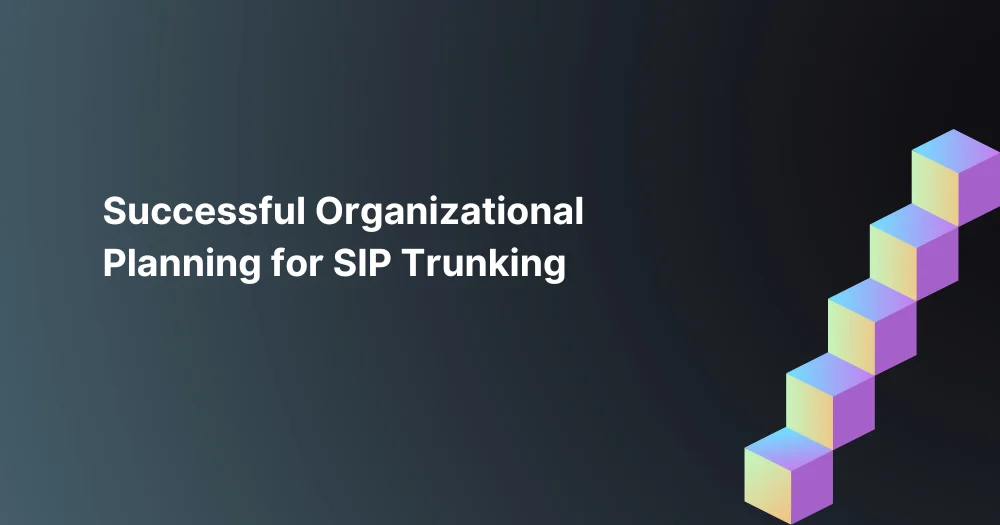
The adoption of Session Initiation Protocol (SIP) trunking comes with hefty expectations for how it will positively impact the organization. From cost savings to flexibility and ease of management, there are plenty of reasons why companies decide to use SIP trunking. There are often overly simplified expectations for how implementation will occur, with the idea that all that’s necessary is to place your order and SIP trunking will soon be up and running.
Some of the difficulty in implementation comes from a faulty understanding of SIP trunking. SIP trunking offers real-time voice and video data services through internet protocol (IP) and connections are handled by the SIP protocol. The pathways that the connections use is a size that can accommodate traffic equivalent to that of traditional trunks, so though the term “trunk” isn’t exactly describing what SIP trunking is, it’s an industry term that is understood and accepted.
The problem is that, when it comes to implementation, teams often have an unrealistic idea of the simplicity of the process. It’s critical that attention is given to adequate organizational planning before launching a SIP trunking transition.
The main reason for this need is that SIP trunking overlays other network infrastructure and relies on other protocols to function properly. SIP trunking can be used with any wide area network (WAN) architecture, but it is because of its flexibility that it requires some organizational oversight before implementing. Some of the stakeholders that should be involved in this planning are the provider(s) for SIP trunking and the WAN, the SBC vendor, the private branch exchange (PBX) manufacturer, and the equipment value-added reseller (VAR), as well as the end client.
With so many players involved, the IT team should be working with this team early on, long before the “order is placed.” There are some critical questions that need to be handled from the client side, as well as the vendor side.
Client questions: The client needs to assess whether they are on a path ultimately headed toward outsourced or managed services for communications, or if they intend to keep everything on-premises. They should also assess the importance of resiliency in their network infrastructure and whether the network can take on the additional load of SIP trunking. They need to evaluate whether they have the resources in-house to manage services after implementation. It’s also important to determine whether the vendor has a grasp of the organization’s vision for communications, and how they are available to support it moving forward.
Vendor questions: The vendor should have a full understanding of their role with the client. Are they the sole provider, or will there be one vendor for WAN and another for SIP trunking? They also need to know if a session border controller is required and who will be supplying it, as well as who is providing last-mile connectivity.
There’s no better time than the organizational phase of your SIP trunking transition to contact us at BlackPoint IT Services. We can help ensure you’ve covered all the important considerations for seamless implementation.